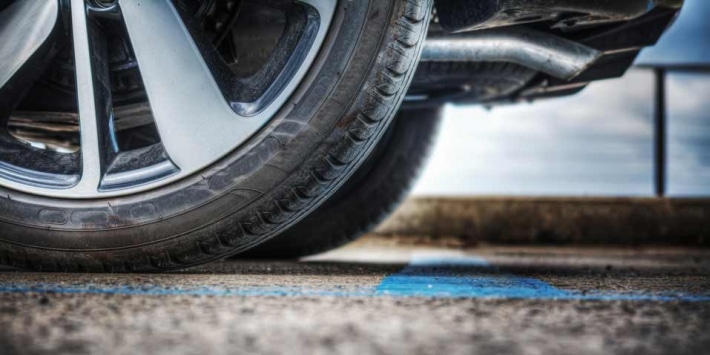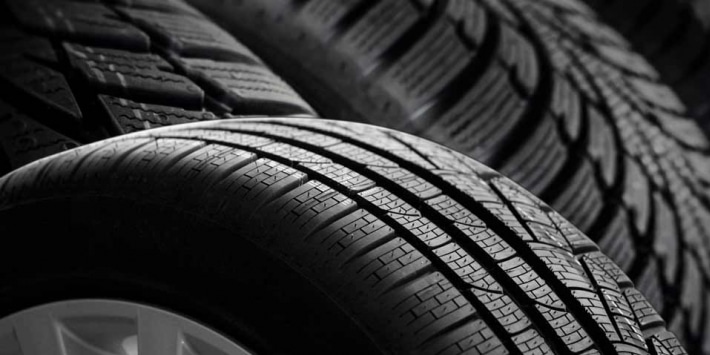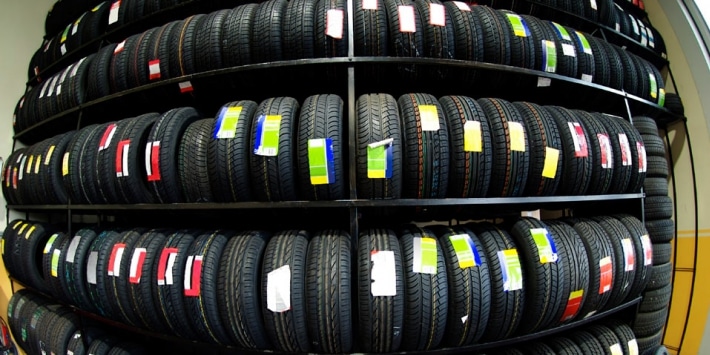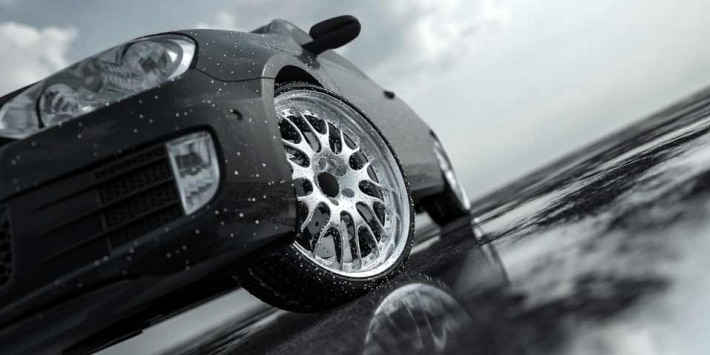Whether you’re an eco-warrior out to save the planet, or an eco-driver eager to save on your petrol bill, green tyres could be just what you're looking for! These environmentally-friendly tyres can help you reduce your fuel consumption and CO2 emissions. But does their performance match conventional tyres for grip and wear? Here’s everything you ever wanted to know about green tyres...
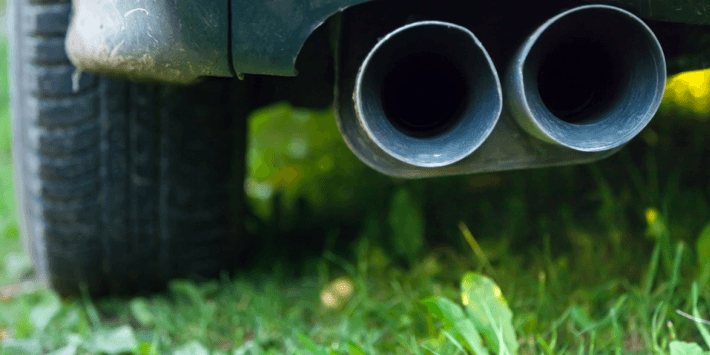
Tyres and fuel consumption
Green tyre technology was born out of the simple fact that tyres significantly impact fuel consumption. When a vehicle is in motion the tyre rubber heats up and warps, and some of the energy from the engine is lost: this is known as rolling resistance. The higher the resistance, the more fuel is required by the engine to move the car forward. Ultimately, your tyres’ rolling resistance can account for up to 20% of your vehicle’s fuel consumption!
That’s why tyre manufacturers, starting with Michelin in 1992, developed the green tyre. The challenge was to identify new materials that would reduce tyre rolling resistance without affecting grip or lifespan. A number of manufacturers rose to the challenge, resulting in a number of new tyre ranges: Energy Saver from Michelin, EfficientGrip from Goodyear, Cinturato from Pirelli, Ecopia from Bridgestone, not to mention EcoContact from Continental.
European Commission regulations to reduce CO2 emissions and the introduction of mandatory EU tyre labelling in 2012 bolstered the development of green tyres. A tyre’s rolling resistance is now clearly stated on its label. Tyres are graded from A (lowest) to G (highest). If you choose a grade A tyre as opposed to a grade G tyre, you can save on average 0.5 l/100 km, or 80 litres of fuel over the year if you drive 15,000 km. That’s not a bad deal!
Why choose green tyres?
Green tyres offer a number of advantages both for drivers and the environment:
- The reduced rolling resistance means you consume less fuel and emit less CO2. By reducing rolling resistance by 20%, the Michelin Energy Saver tyre offers you 3% fuel savings and a reduction in CO2 emissions of 4 g/km.
- Some green tyre models offer longer lifespans than conventional tyres.
- The green tyre models currently available offer good grip. Check the label for specific information on wet grip.
- Green tyres generally do not cost much more than any other tyre, but even if you do pay a little more on purchase, it will still be more economical in the long term thanks to the reduction in fuel consumption and longer lifespan.
- Whatever vehicle you drive, you’ll find a green tyre to suit. They are available in all standard tyre sizes including 175/65 R 14, 205/55 R 16, 205/60 R 16 as well as 195/65 R 15.
- Green tyres help protect the environment:
- Producing a green tyre requires 10% less raw materials which makes it easier to recycle.
- They use more environmentally-friendly materials. Continental has developed a new tyre, the “Taraxagum” a play on the botanical name for the dandelion (Taraxacum) which is used to make the natural rubber used in this tyre.
- Lower rolling resistance not only reduces CO2 emissions but also the noise the tyre generates in motion. This reduces noise pollution for the driver and passengers inside the vehicle as well as for people outside the vehicle.
How to recognize a green tyre
Major brands use the following names for their green tyre technology:
- Blue (Pirelli)
- EcoContact (Continental)
- Ecopia (Bridgestone)
- Energy (Michelin)
- Fuelmax (Goodyear)
- Fuel Saver (Firestone)
- Green (Nokian)
- Green Performance (Pirelli)
- Green X (Michelin)
On the rezulteo site, we use a green leaf icon on the tyre description to indicate a green tyre.

